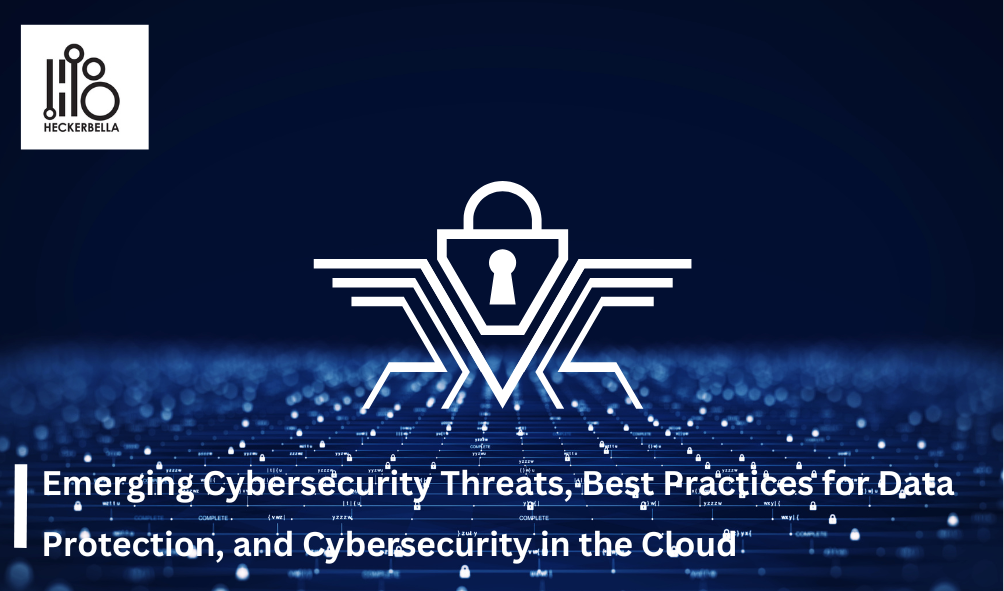Emerging Cybersecurity Threats, Best Practices for Data Protection, and Cybersecurity in the Cloud

In today’s digital age, businesses of all sizes are increasingly reliant on technology to operate effectively. However, this reliance also exposes them to a growing number of cybersecurity threats.
From ransomware attacks to data breaches, the risks are real and can have devastating consequences. To protect their sensitive data and maintain business continuity, organizations must stay informed about emerging threats and implement robust cybersecurity measures.
Emerging Cybersecurity Threats
- Ransomware: This type of malware encrypts a victim’s files, making them inaccessible until a ransom is paid. Ransomware attacks have become increasingly sophisticated and widespread.
- Phishing Attacks: Phishing scams attempt to trick individuals into revealing sensitive information, such as login credentials or credit card details. These attacks often come in the form of emails that appear to be from legitimate sources.
- Supply Chain Attacks: Targeting third-party vendors or suppliers to gain access to a larger organization’s systems.
- Cloud Security Threats: As more businesses move their data and applications to the cloud, new security challenges arise. Cloud misconfigurations, data breaches, and unauthorized access are among the risks.
- Artificial Intelligence (AI) and Machine Learning (ML) Threats: The increasing use of AI and ML in various industries also introduces new security risks, such as adversarial attacks and model poisoning.
Best Practices for Data Protection
- Data Encryption: Encrypting data both at rest and in transit helps protect it from unauthorized access.
- Access Controls: Implement strong access controls to restrict access to sensitive data based on user roles and permissions.
- Regular Backups: Regularly back up your data to ensure recovery in case of a breach or other data loss event.
- Employee Training: Educate your employees about cybersecurity best practices, including recognizing phishing attempts, using strong passwords, and reporting suspicious activity.
- Incident Response Planning: Develop a comprehensive incident response plan to outline the steps to be taken in the event of a security breach.
Cybersecurity in the Cloud
- Shared Responsibility Model: Understand the shared responsibility model between you and your cloud provider. Determine who is responsible for securing different aspects of your cloud environment.
- Cloud Security Controls: Utilize the built-in security controls offered by your cloud provider, such as firewalls, intrusion detection systems, and encryption.
- Regular Audits and Assessments: Conduct regular security audits and assessments to identify vulnerabilities and ensure compliance with industry standards and regulations.
- Data Residency and Sovereignty: Be aware of data residency and sovereignty requirements, especially if you are operating in multiple jurisdictions.
Conclusion
Cybersecurity is a complex and evolving landscape. By staying informed about emerging threats and implementing best practices for data protection, organizations can significantly reduce their risk of falling victim to cyberattacks. Additionally, understanding the unique challenges and considerations of cybersecurity in the cloud is essential for businesses that leverage cloud-based services. By prioritizing cybersecurity, organizations can protect their sensitive data, maintain business continuity, and build trust with their customers.




